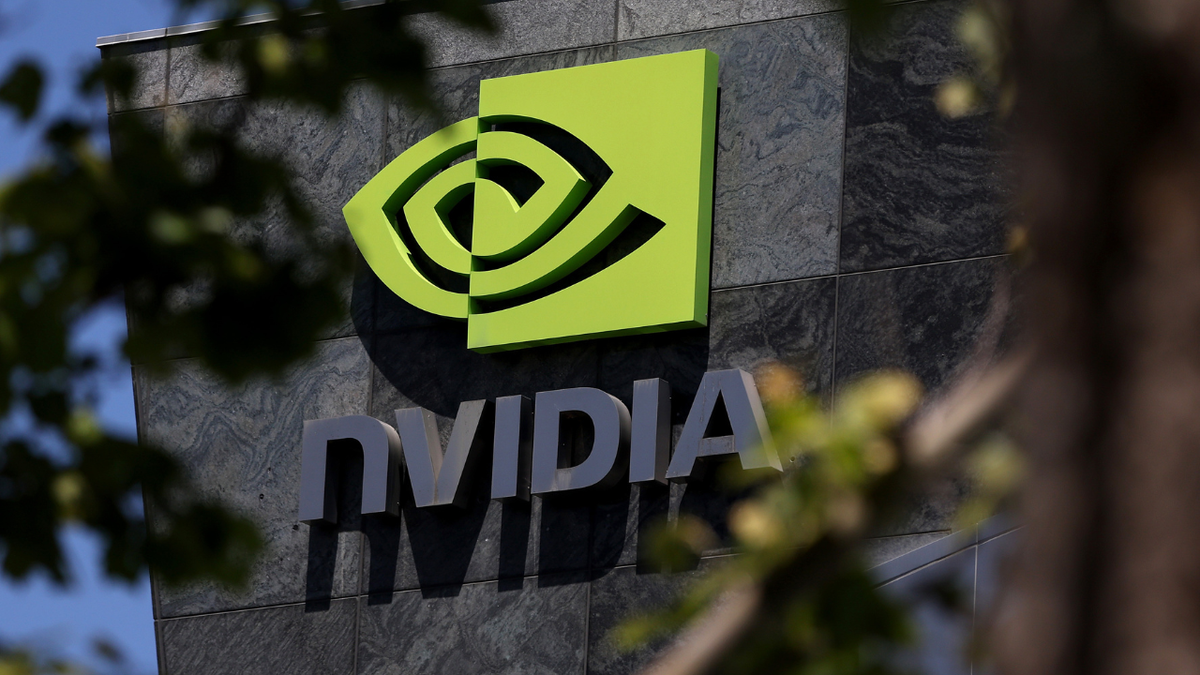Recent reports surrounding the Chinese AI model DeepSeek have sparked concerns about its potential impact on the U.S. tech sector and national security. While the initial market reaction was significant, a closer examination reveals a more nuanced picture.
DeepSeek, similar to programs like ChatGPT, has garnered attention due to its purportedly lower training costs. This has led some to speculate about the overinvestment in AI chips and infrastructure within the United States. However, such concerns may be premature.
DeepSeek's development and training relied heavily on American chips and models. The U.S. maintains a strong position in AI expertise, infrastructure, and overall leadership, suggesting a continued advantage in the field.

Furthermore, the reported cost savings of DeepSeek may not tell the whole story. A deeper analysis reveals potential hidden costs and a more complex financial picture. Even if DeepSeek did achieve significant cost reductions, this could ultimately benefit American AI consumers and producers through lower prices and increased accessibility.

DeepSeek's Reliance on American Technology
DeepSeek operates on several layers, including physical chips, training models, and the final marketed model. The chips used were NVIDIA H800s, highlighting the reliance on American hardware despite export bans. Evidence also suggests DeepSeek's training leveraged American models and potentially even involved copying elements from leading American AI companies.


This reliance on American technology underscores the continued strength and influence of the U.S. AI sector. Rather than signaling a decline, DeepSeek's emergence could be viewed as an opportunity for American companies to further innovate and solidify their leadership.

The Path Forward for American AI
The DeepSeek situation serves as a reminder of the importance of continuous innovation and a focus on speed and quality. Export controls may not be effective in the rapidly evolving field of AI. Instead, fostering open-source science and collaboration could be key to maintaining a competitive edge.
The potential for lower AI costs and increased accessibility presents both challenges and opportunities. American companies are well-positioned to capitalize on these developments by leveraging their existing strengths and expertise.
Comments(0)
Top Comments